- Log in
-
- Sydney Overseas Office
- London Overseas Office
- Paris Overseas Office
- Toronto Overseas Office
- Los Angeles Overseas Office
- New York Overseas Office
- Ulaanbaatar Overseas Office
- Istanbul Overseas Office
- Dubai Overseas Office
- New Delhi Overseas Office
- Manila Overseas Office
- Jakarta Overseas Office
- Hanoi Overseas Office
- Kuala Lumpur Overseas Office
- Singapore Overseas Office
- Bangkok Overseas Office
- Map
- Sydney Overseas Office
- London Overseas Office
- Paris Overseas Office
- Toronto Overseas Office
- Los Angeles Overseas Office
- New York Overseas Office
- Ulaanbaatar Overseas Office
- Istanbul Overseas Office
- Dubai Overseas Office
- New Delhi Overseas Office
- Manila Overseas Office
- Jakarta Overseas Office
- Hanoi Overseas Office
- Kuala Lumpur Overseas Office
- Singapore Overseas Office
- Bangkok Overseas Office
Medical Service
-
-
-
Treatment Only Available in Korea, Traditional Korean Medicine
-
02/18/2025
-
341
0
0
-
-
Traditional_Korean_Medicine
Korea_Medical_Tourism
Useful_Information
-
-
-
Treatment Only Available in Korea, Traditional Korean Medicine
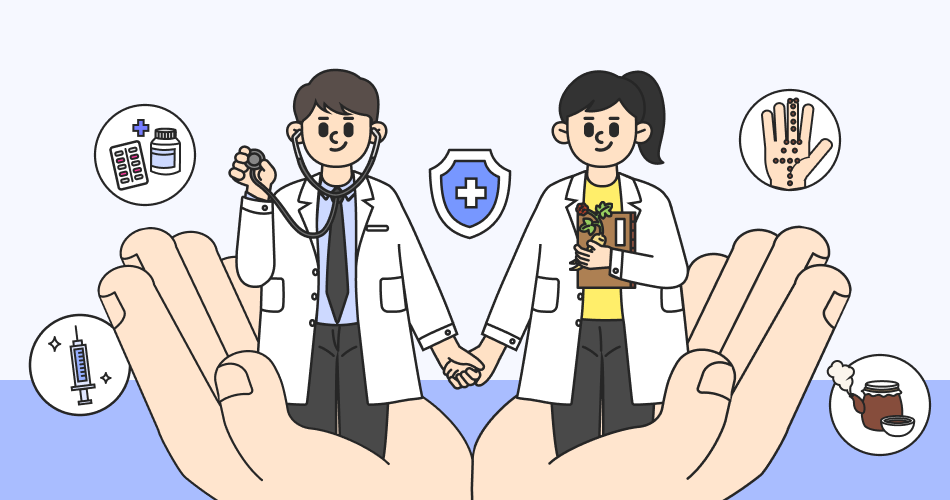
Traditional Korean medicine applies non-surgical treatments to improve one’s physical constitution and treat diseases. It has protected human health for several thousand years by balancing humans with nature. Today, traditional Korean medicine combines traditional wisdom and modern science to earn worldwide recognition. Indeed, foreign medical tourists had an over 90%1) satisfaction rate with traditional Korean medicine treatments. Traditional Korean medicine clinics recorded 95 points2) in terms of product quality satisfaction, ranking first among all kinds of medical institutions. As such, traditional Korean medicine has achieved significant success both quantitatively (growth) and qualitatively (customer satisfaction). 1) BMC Complementary and Alternative Medicine (international academic journal), International Clinic at Jaseng Hospital of Korean Medicine 2) Survey of Foreign Patient Experiences and Satisfaction with Korean Medicine 2022, The Korea Health Industry Development Institute
Strengths of Traditional Korean Medicine
POINT 1.Treatments Centered on Patients
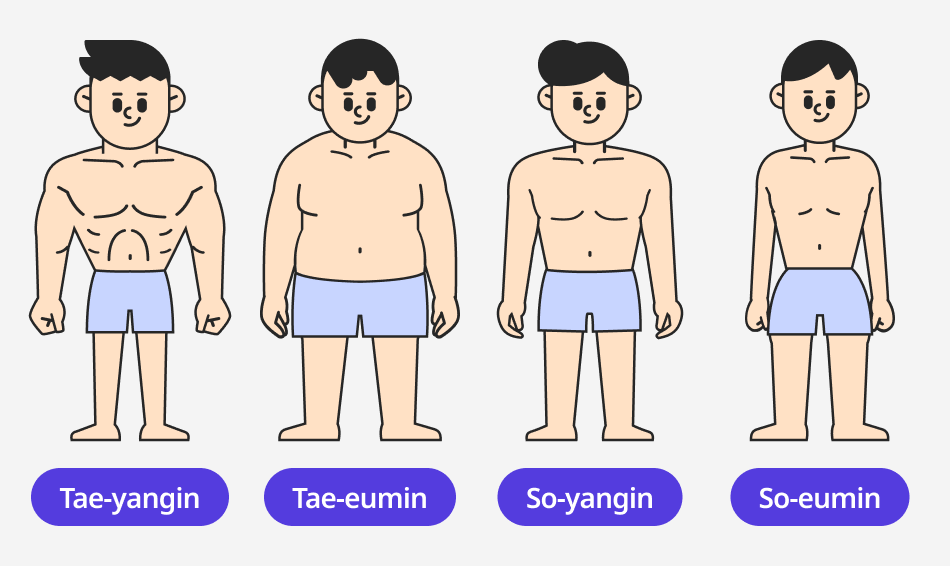
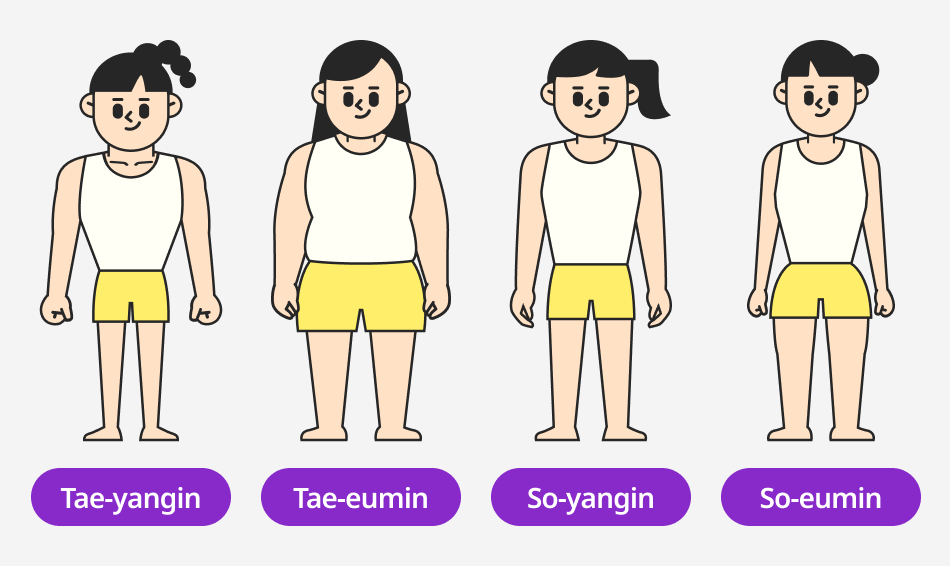 Four Sasang Constitution Types
Four Sasang Constitution Types
Based on Sasang constitutional medicine, traditional Korean medicine applies different treatment methods to different individuals depending on the individual’s physical constitution. First, individuals are categorized into four constitution types (Tae-yangin, Tae-eumin, So-yangin, and So-eumin), then the correlation between the physical constitution and disease is considered before treatment. This is based on the idea that treatments and preventive care need different approaches depending on one’s physical constitution because people with different physical constitutions exhibit different disease symptoms. In this regard, traditional Korean medicine offers personalized treatments that check the patient’s overall health condition, rather than only examining the painful area.
POINT 2. Unique Charm of Traditional Korean Medicine Differentiated from Western Medicine: Four Diagnostic Methods Using the Four Senses
An accurate diagnosis is needed to cure diseases. Traditional Korean medicine uses four diagnostic methods: observation, listening & smelling, inquiring, and palpation.
2-1. Observation
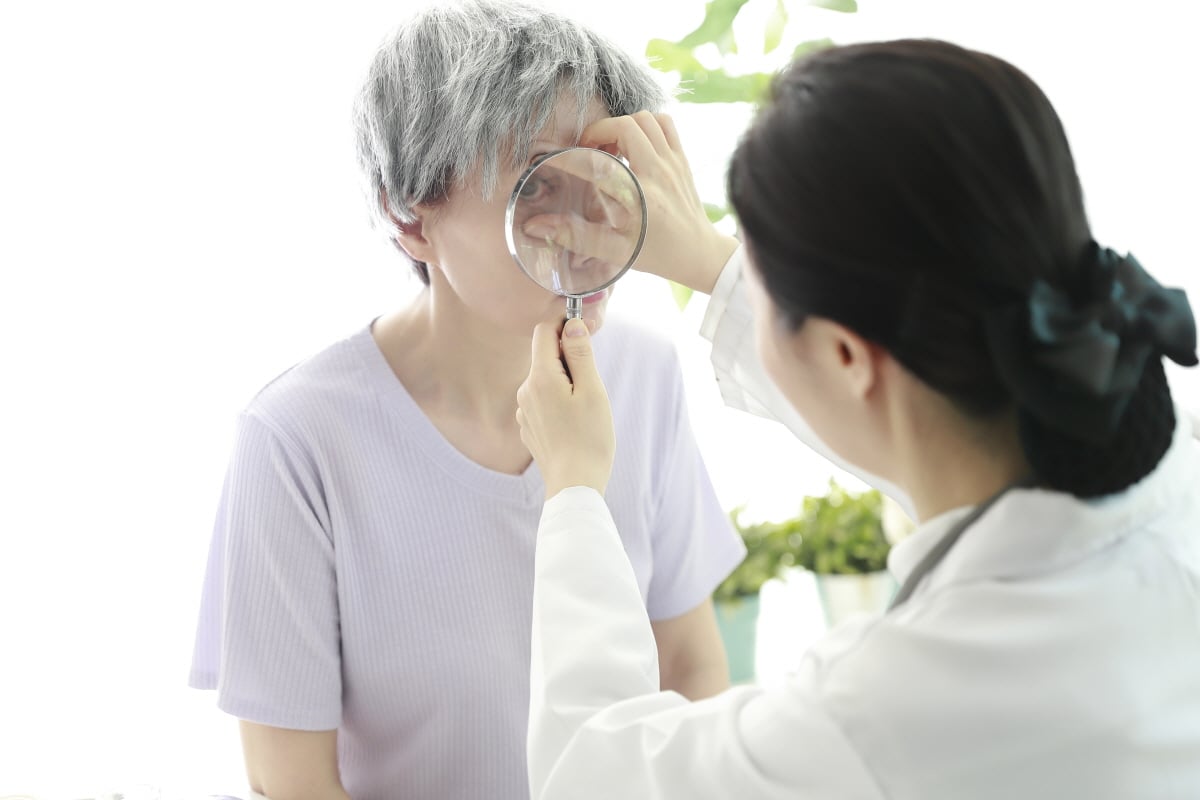 Diagnosis by observing the patientⓒClipartKorea
Diagnosis by observing the patientⓒClipartKorea
A patient’s condition can be examined through observations. Everything that can be observed with the eyes falls into this category – mental status, facial color, skin radiance, the form of the stool and urine, the body as a whole, and each body part. A traditional Korean medicine doctor can see what kind of disease a patient has by observing his/her facial color. A diagnosis of the patient’s internal organ function can be verified by looking at the radiance of the skin. One of the methods of observation is to look at the tongue’s shape, color, texture, etc. The tongue is an important body part that tells the severity of one’s illness.
2-2. Listening and Smelling
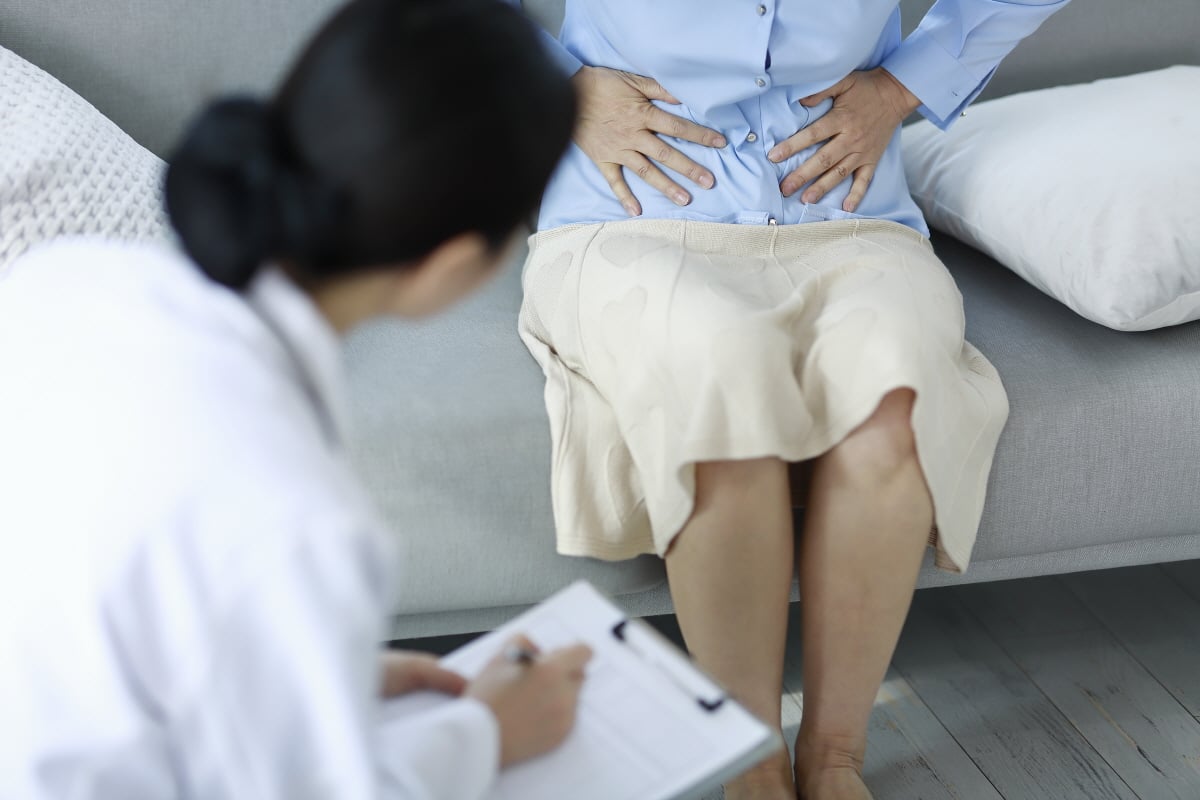 Diagnosis by listening and smellingⓒClipartKorea
Diagnosis by listening and smellingⓒClipartKorea
Illness can cause various odors in the mouth and sounds in the abdomen. A patient’s disease can be diagnosed by considering information obtained by listening and smelling.
2-3. Inquiring
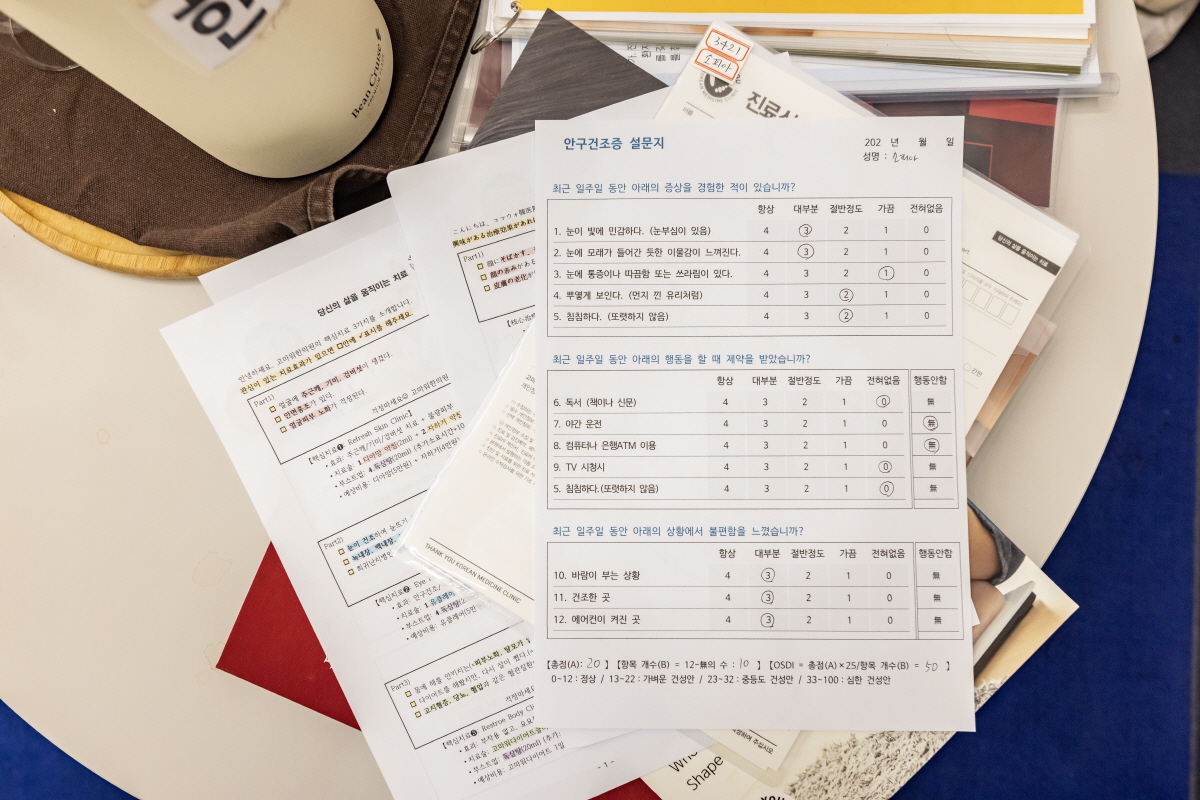 Diagnosis using disease history and circumstances
Diagnosis using disease history and circumstances
For this type of diagnosis, a patient is inquired about the occurrence, progression, and treatment outcome of the disease, as well as the current symptoms and other circumstances related to the disease. This is done because the patient knows his/her body the best. Special symptoms can only be identified by the patient, and where the symptoms are mainly felt should be identified for a more accurate diagnosis.
2-4. Palpation
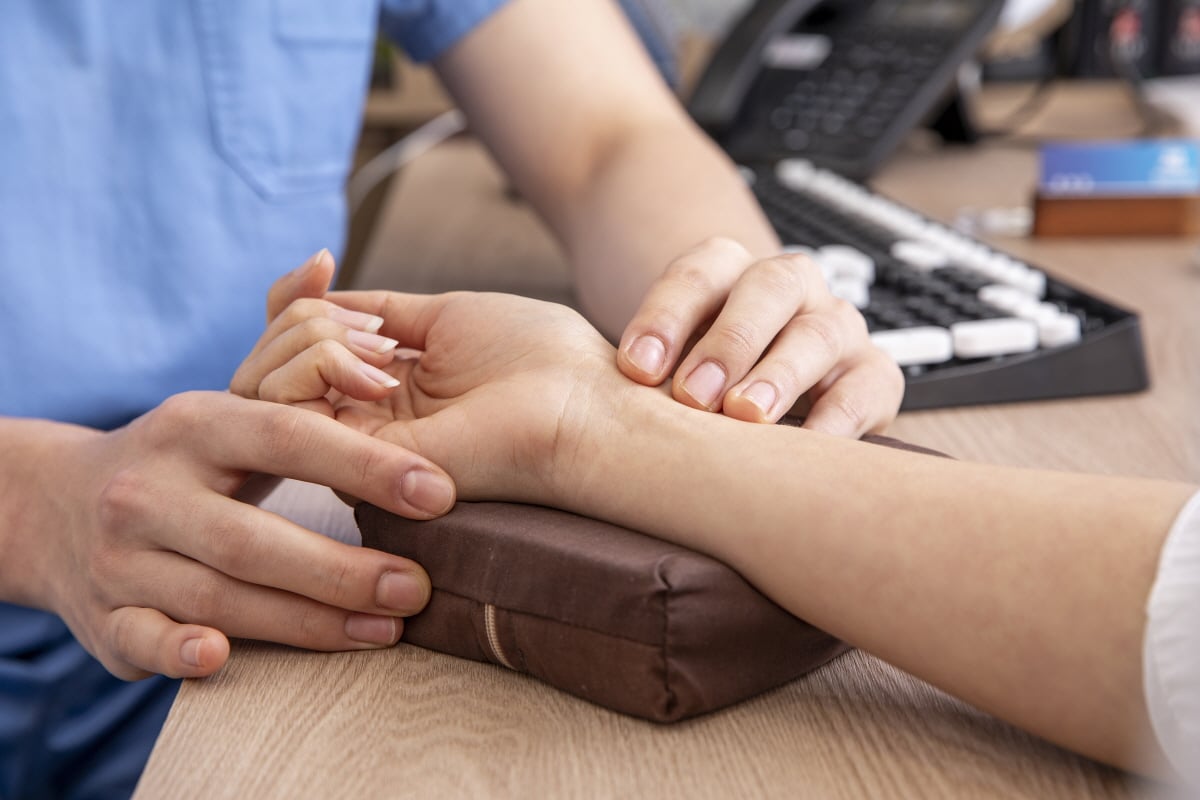 Pulse diagnosis by examining the nature and condition of one’s pulseⓒClipartKorea
Pulse diagnosis by examining the nature and condition of one’s pulseⓒClipartKorea
Palpation is about diagnosing the patient by touching different parts of a patient’s body. Palpation is categorized into pulse diagnosis, which examines the nature and condition of one’s pulse; abdomen diagnosis by pressing the patient’s abdominal area using the fingers or palm; and diagnosis through acupoints on the back and the abdomen that are directly connected to organs in the body.
POINT 3. Continuously Evolving Traditional Korean Medicine
3-1. Synergy Effect Between Traditional Korean Medicine and Modern Medicine
Some challenges are hard to tackle alone, but there are times when, together, we can achieve results beyond our expectations, creating the synergy effect. The same applies to medicine. Even though basic treatment principles are different, traditional Korean medicine and modern medicine, when combined, can create surprising effects. The ultimate purpose of traditional Korean medicine and modern medicine is to protect the health and lives of patients. In particular, they can effectively manage and treat intractable diseases, such as strokes, epilepsy, and polio, which cannot be treated with just a single medical discipline. For instance, a combination of blood sugar-controlling medication from modern medicine and a blood circulation treatment from traditional Korean medicine can prevent complications and improve the overall health of diabetic patients. In the case of stroke patients, modern medications and physical therapy can stabilize their initial condition, and traditional Korean medicine treatments such as acupuncture and herbal medicine can help muscle recovery and nerve regeneration. As such, modern medicine provides rapid and specific treatments, whereas traditional Korean medicine contributes to reviving the overall balance and mitigating side effects. Complementary collaboration of these two medical areas enables balanced treatment, providing patients with better medical service.
3-2. Hanbang Cosmetic Procedures -- a Combination of Traditional Korean Medicine and Cosmetic Procedures
FacialCosmetic Acupuncture ThreadEmbedding Acupuncture Micro-NeedleTherapy System (MTS) 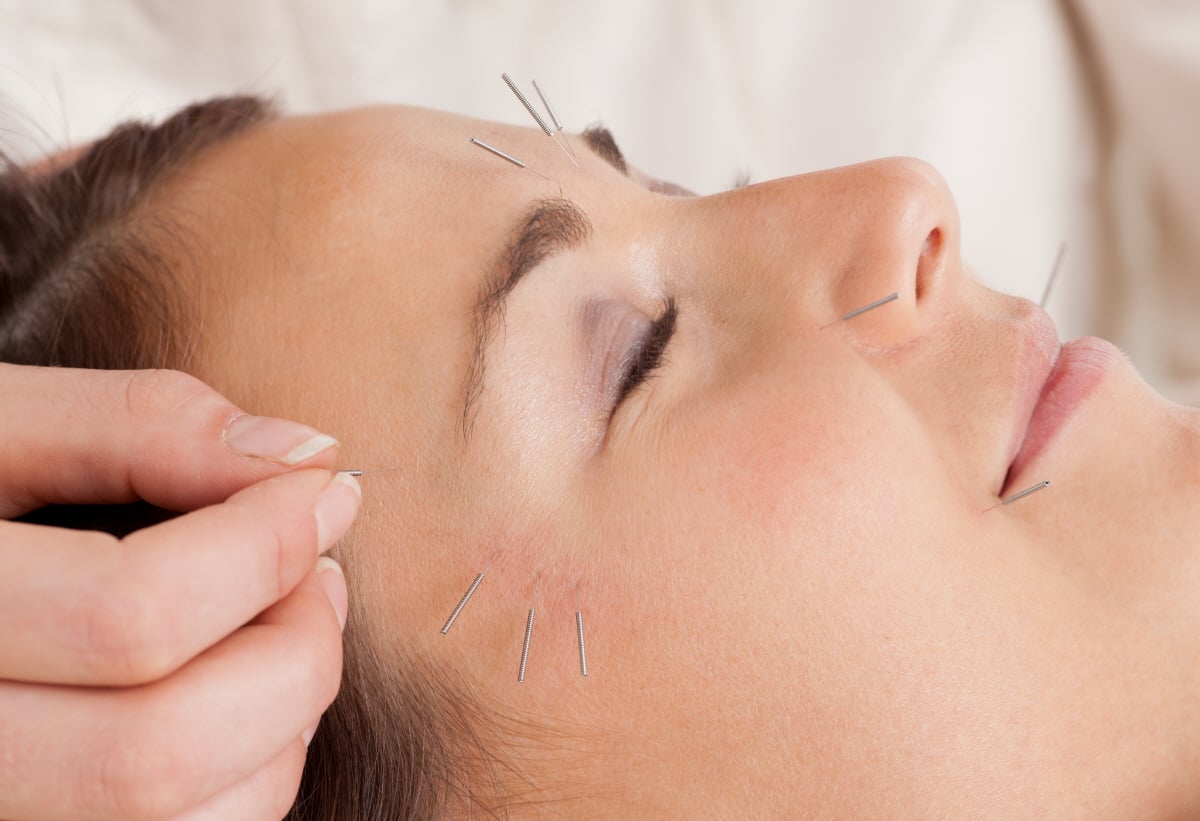 FacialCosmetic Acupuncture ⓒClipartKorea
FacialCosmetic Acupuncture ⓒClipartKorea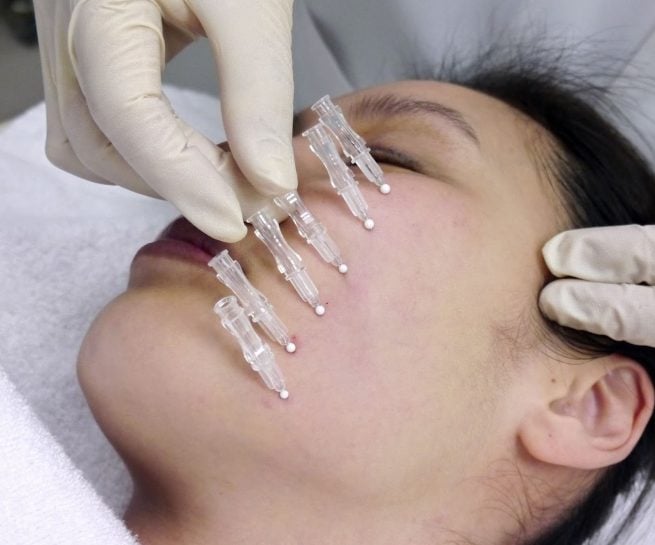 Threadembedding acupunctureⓒKyunghee Mac Korean Medicine Clinic
Threadembedding acupunctureⓒKyunghee Mac Korean Medicine Clinic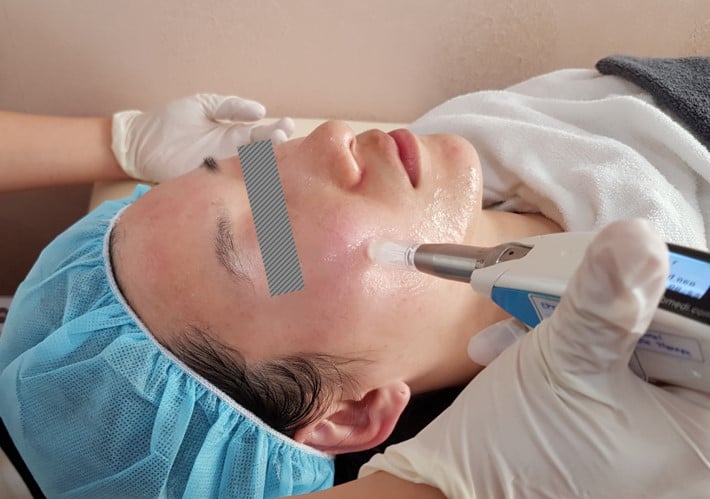 Micro-needled therapy system ⓒKyung Hee University Korean Medicine Hospital
Micro-needled therapy system ⓒKyung Hee University Korean Medicine HospitalMethod Usesthin and sharp acupuncture needles Insertsdissolvable medical threads beneath the skin Stimulatesa wide area of skin using several acupuncture needles Effect Improvesfacial muscle imbalance, expression lines, complexion, and edema Fillshollow areas in the skin, plus lifts and supports the skin, thus improvingwrinkles and skin elasticity Improvespores and boosts skin regeneration Frequency Onceor twice a week; four to eight times in total is recommended Oncea week or once every two weeks; two or more times in total is recommended Oncea week; four times in total is recommended As traditional Korean medicine has become more widely applied in treatments, it is increasingly used in various skin and beauty treatments, including those for skin, obesity, and hair loss. Hanbang (traditional Korean medicine) cosmetic procedures examine the skin and muscle conditions and revive their original functions. Notably, the physical stimulation by acupuncture is effective without the need for chemical substances. In this regard, it can be helpful for people with sensitive skin or those who are allergic to certain substances. In addition, the overall body condition is considered in these procedures while checking the balance of facial muscles and adjusting any imbalance in the temporomandibular joint or neck area, if necessary. This further enhances patient satisfaction. Representative hanbang cosmetic procedures include facial cosmetic acupuncture, thread embedding acupuncture, and the micro-needle therapy system (MTS). Facial cosmetic acupuncture and thread embedding acupuncture are effective for correcting facial asymmetry and improving skin elasticity for wrinkles or sagging skin due to aging. For issues limited to the skin (skin texture, complexion, pores, etc.), the MTS procedure using acupuncture needles that help skin regeneration is used, or herbal medicine suited for one’s physical constitution is prescribed. This is because skin issues are believed to stem from imbalances in the internal organs, poor ki (energy) circulation, stress, etc. Hanbang cosmetic procedures fundamentally treat these conditions. In traditional Korean medicine, cosmetic treatment does not simply aim to create external beauty. Rather, it improves ‘inner’ health by balancing the mind and body, subsequently improving the patient’s external beauty.
3-3. Chuna Manual Therapy for Treating Various Physical Symptoms
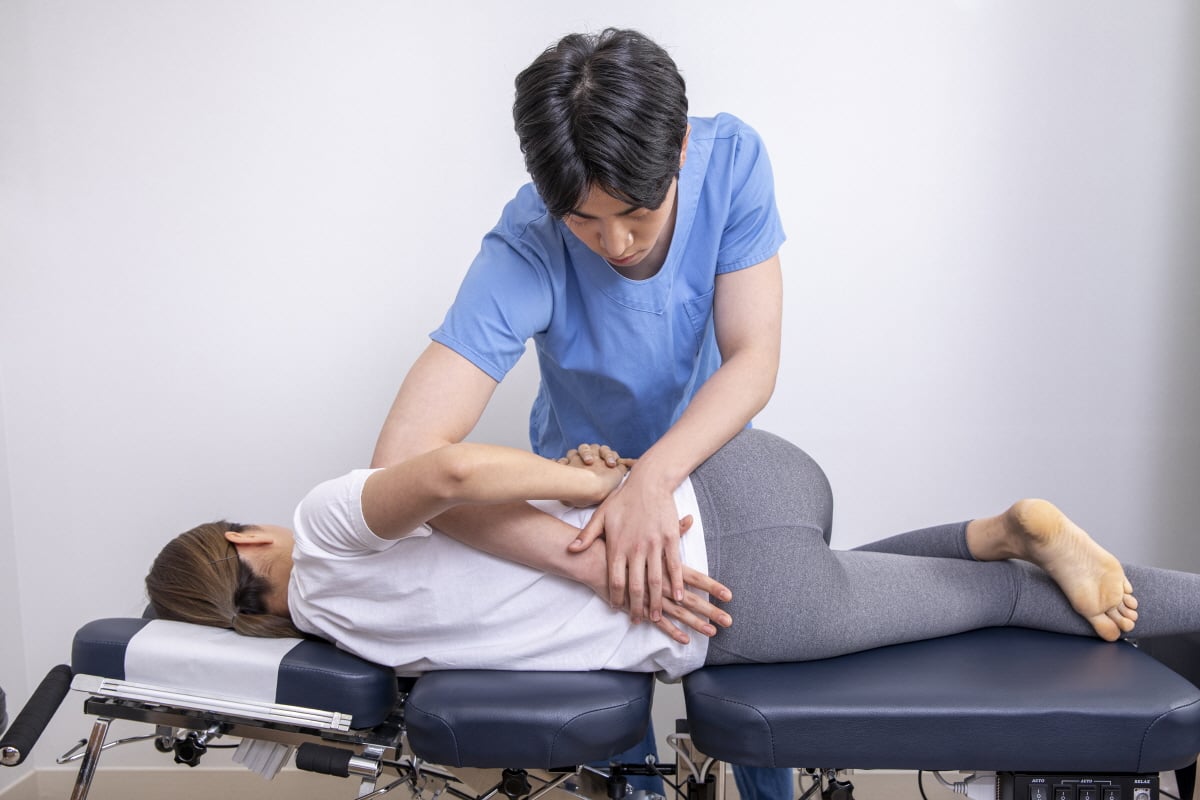 Chuna Manual TherapyⓒClipartKorea
Chuna Manual TherapyⓒClipartKorea
The most common treatment offered at traditional Korean medicine clinics is Chuna Manual Therapy. It is difficult to achieve perfect body symmetry even if you maintain a proper posture at all times. Just a small habit in your daily life, such as leaning on one arm, carrying a bag using one arm, and leaning on one leg, can make your body misaligned. If such asymmetry continues, then cervical/lumbar disc herniation, knee/hip joint pain, etc., can easily occur. With Chuna Manual Therapy, a traditional Korean medicine doctor assesses the patient’s body to check for physical imbalances that cause pain, then corrects the imbalance to properly align the body. The therapy treats misaligned and problematic bones and muscles by gently pulling or pushing the spine and joints. It is particularly effective for improving musculoskeletal pain such as scoliosis, herniated discs, and shoulder/lumbar/neck pain. Also, the therapy can help improve internal organ issues and chronic respiratory diseases. For patients suffering pain resulting from functional issues with internal organs, the back-shu points crucial for diagnosing and treating internal organ diseases, are stimulated. For those with uncomfortable breathing, their cardiorespiratory functions can be enhanced by stimulating the back-shu points that strengthen the heart and lung functions, as well as the meridians that govern the lungs.
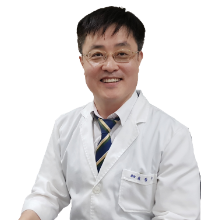
Dong-woo Kim, Director of Kim Dong-woo Oriental Medicine Clinic
* This content was written based on interviews with Dong-woo Kim, Director of Kim Dong-woo Oriental Medicine Clinic
Columnist Profile : Medicine Channel After the Rain, Jun-hyuk Kim, PD
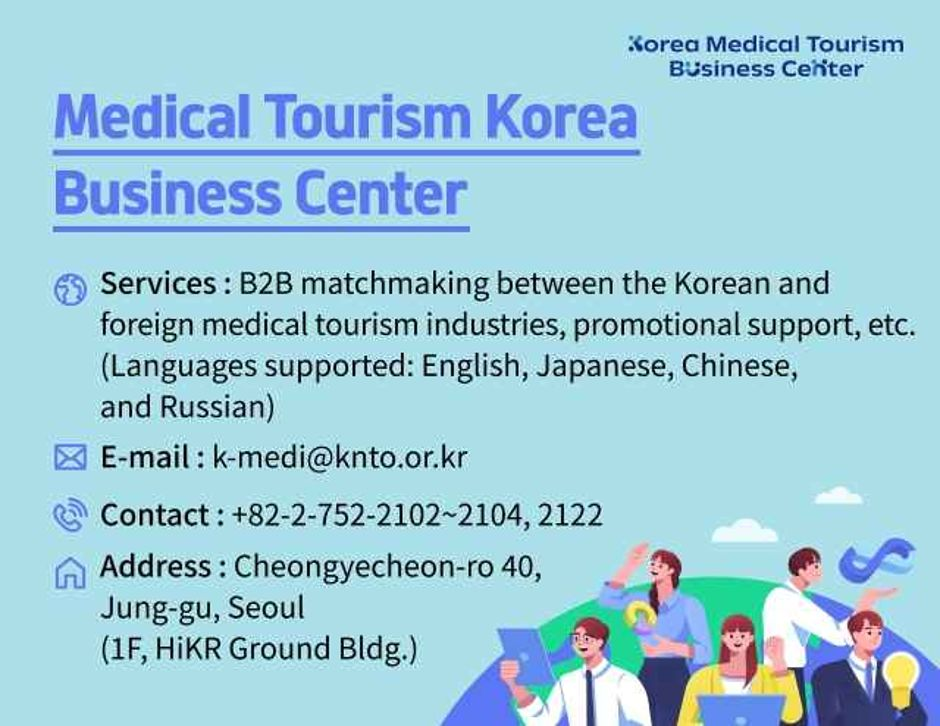

- 1330 Korea Travel Helpline: +82-2-1330
- 1330 Text Chat: https://m.site.naver.com/1rEid
- (Korean, English, Japanese, Chinese, Russian, Vietnamese, Thai, Indonesian)
- * This column was last updated in December 2024, and therefore information may differ from what is presented here.
-



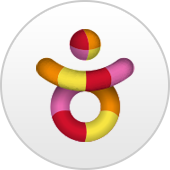



 Medical korea
Medical korea